Spherical Roller Thrust Bearings
Table of Contents
Categories
Definition
Spherical roller thrust bearings are precision-engineered components designed to accommodate axial loads by distributing force evenly. Their unique design ensures efficient performance in applications requiring high thrust capacity and durability.
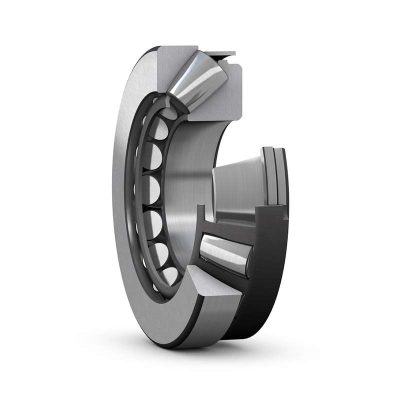
FHD Bearings is an ISO 9001:2015 certified manufacturing enterprise that stsock a full range of Cylindrical Roller Bearings,Tapered Roller Bearings,Spherical Roller Bearings,Needle Roller Bearings,Thrust Roller Bearings and Crossed Roller Bearings. With over 1,200 different bearing sizes and over 250K bearings in stock.
Materials
Bearing Washers
Bearing washers for spherical roller thrust bearings are usually made of materials such as chromium steel (SAE 52100), stainless steel or other steel alloys.
Cage
The cage of the spherical roller thrust bearing is usually made of steel, brass or other engineering polymers.
Rolling Elements
The rolling elements of spherical roller thrust bearings are usually made of materials such as high-grade chromium steel or ceramics for special applications.

Features
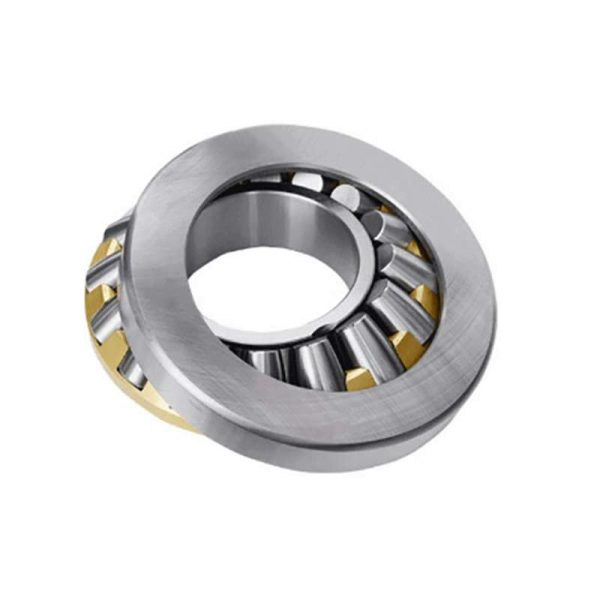
1.Spherical Design: These bearings have round rolling elements that handle misalignment and provide even load distribution.
2.Axial Load Capacity: Designed for heavy thrust loads, they excel in carrying force along the axis.
3.Self-Aligning Capability: Spherical rollers accommodate shaft misalignment, reducing wear during operation.
4.Durable Construction: Made with high-quality steel, ensuring durability under heavy loads and tough conditions.
5.Separable Design: Easy to assemble and disassemble for straightforward maintenance and replacement.
6.Versatility: Widely used in various industries like mining and manufacturing for effective handling of axial loads.
Advantages
1.Strong Load Capacity: Handles heavy loads well, great for applications needing strong force support.
2.Self-Adjusting: Can handle slight misalignment, reducing wear and improving performance.
3.Durable Build: Made with tough materials like high-grade steel, ensuring a long lifespan in tough conditions.
4.Versatile Use: Fits various applications due to its ability to handle axial loads in different settings.
5.Less Friction: Smart design and quality materials mean less friction, making it more efficient and energy-saving.
6.Easy to Maintain: Simple to assemble and disassemble for maintenance or part replacement.

Applications

- Heavy Machinery: Used in large industrial machinery such as crushers, conveyors, and mining equipment to support axial loads.
- Automotive Industry: Applied in automotive transmissions and axles to handle thrust loads efficiently.
- Aerospace: Utilized in aircraft control systems and landing gear assemblies for their capacity to manage axial forces.
- Marine Equipment: Found in marine propulsion systems and steering mechanisms where axial loads need reliable support.
- Material Handling: Employed in conveyor systems and lifting equipment to handle vertical and horizontal thrust loads.
- Power Generation: Used in turbines, generators, and other power plant machinery to support axial loads in rotating equipment.
Key Manufacturing Process of Spherical Roller Thrust Bearings
Forging: Raw material, typically steel, is heated and shaped using forging processes to create the initial rough shape of bearing components.
Heat Treatment: Components undergo heat treatment to improve their mechanical properties, such as hardness and toughness, ensuring durability under heavy loads.
Turning and Grinding: Precision machining techniques are employed to achieve the required dimensions and surface finishes for the bearing rings and rolling elements.
Assembling: The individual components, including rings, rollers, and cage, are assembled with precision to form the complete bearing unit.
Lubrication: Bearings are lubricated with high-performance grease or oil, ensuring smooth operation and reducing friction.
Quality Inspection: Rigorous quality control processes involve inspecting dimensions, surface finishes, and material properties to ensure each bearing meets specified standards.
Packaging and Shipping: Finished bearings are packaged securely and shipped to manufacturers or distributors for use in various industries.

FAQ - Frequently Asked Questions
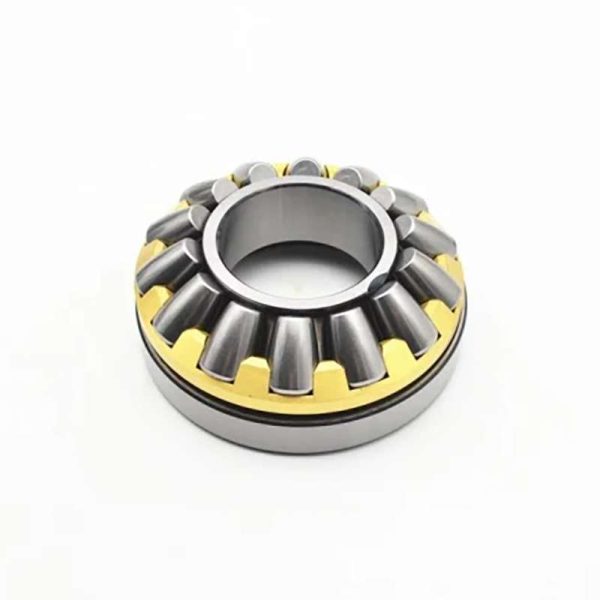
A spherical roller thrust bearing is a specialized type of bearing designed to handle axial loads by distributing force evenly through its spherical rolling elements.
Unlike flat thrust bearings, spherical roller thrust bearings have rounded rolling elements, allowing them to accommodate misalignment and distribute loads more effectively.
They are used in heavy machinery, automotive transmissions, aerospace systems, marine equipment, material handling, and power generation where axial loads are prevalent.
The self-aligning feature allows the bearing to tolerate shaft misalignment, reducing wear and improving overall performance in various operating conditions.
Materials include chrome steel for rings and rollers, brass or steel for the cage, and elastomers like nitrile rubber for seals.
While primarily designed for axial loads, they can handle limited radial loads, making them versatile in applications with combined axial and radial forces.
Yes, they can be designed for high-speed applications with appropriate lubrication and precision manufacturing.
Regular maintenance, proper lubrication, and avoiding excessive axial or radial loads can contribute to an extended bearing lifespan.
In many cases, they are not directly interchangeable due to differences in design and load-carrying capacities. Consult the manufacturer’s specifications for proper substitution.
Yes, manufacturers often offer customization options for materials, cage designs, and lubrication to meet the unique requirements of different applications.
Installation and Maintenance
Installation
- Inspect Components: Check for damage or dirt on the bearing parts before installing.
- Clean and Lubricate: Wipe off dirt, apply lubricant for smooth operation.
- Prepare Shaft and Housing: Clean surfaces, check tolerances for a good fit.
- Position Bearing: Place it carefully on the shaft, ensuring correct alignment.
- Apply Axial Load: Use tools to apply pressure, ensuring the bearing seats properly.
- Secure Components: Lock the parts together according to the bearing design.
- Verify Alignment: Double-check that the bearing sits well and aligns with the shaft for optimal performance. Always follow the manufacturer’s instructions.
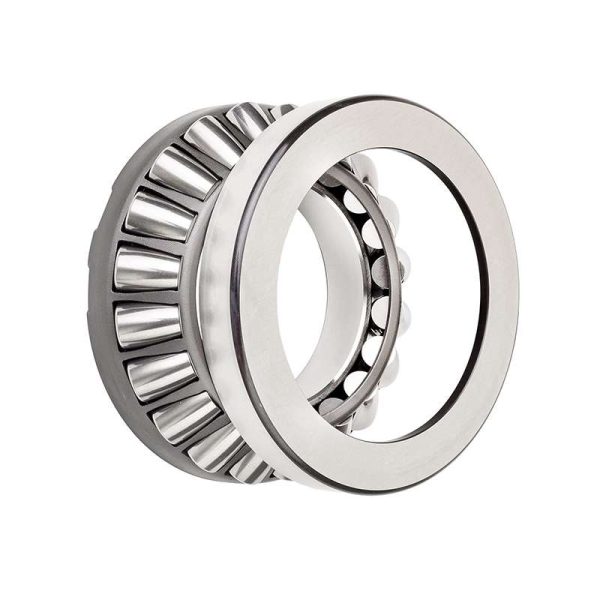
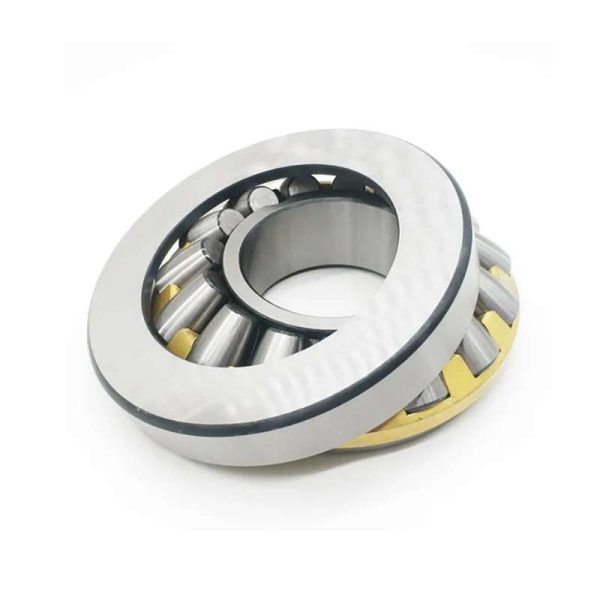
Maintenance
- Regular Checks: Look for wear, damage, or strange sounds during routine inspections.
- Lubricate Properly: Use the right lubricant at recommended intervals, ensuring it stays clean.
- Monitor Temperature: Check the bearing’s operating temperature; a sudden rise could signal issues.
- Inspect Seals: Make sure seals are intact to prevent contamination. Replace damaged seals.
- Check Alignment: Confirm that the shaft and housing are properly aligned to prevent premature wear.
- Watch Loads: Be mindful of changes in load conditions. Avoid exceeding the bearing’s capacity.
- Replace Worn Parts: If any components are excessively worn, replace them promptly to maintain performance.
















